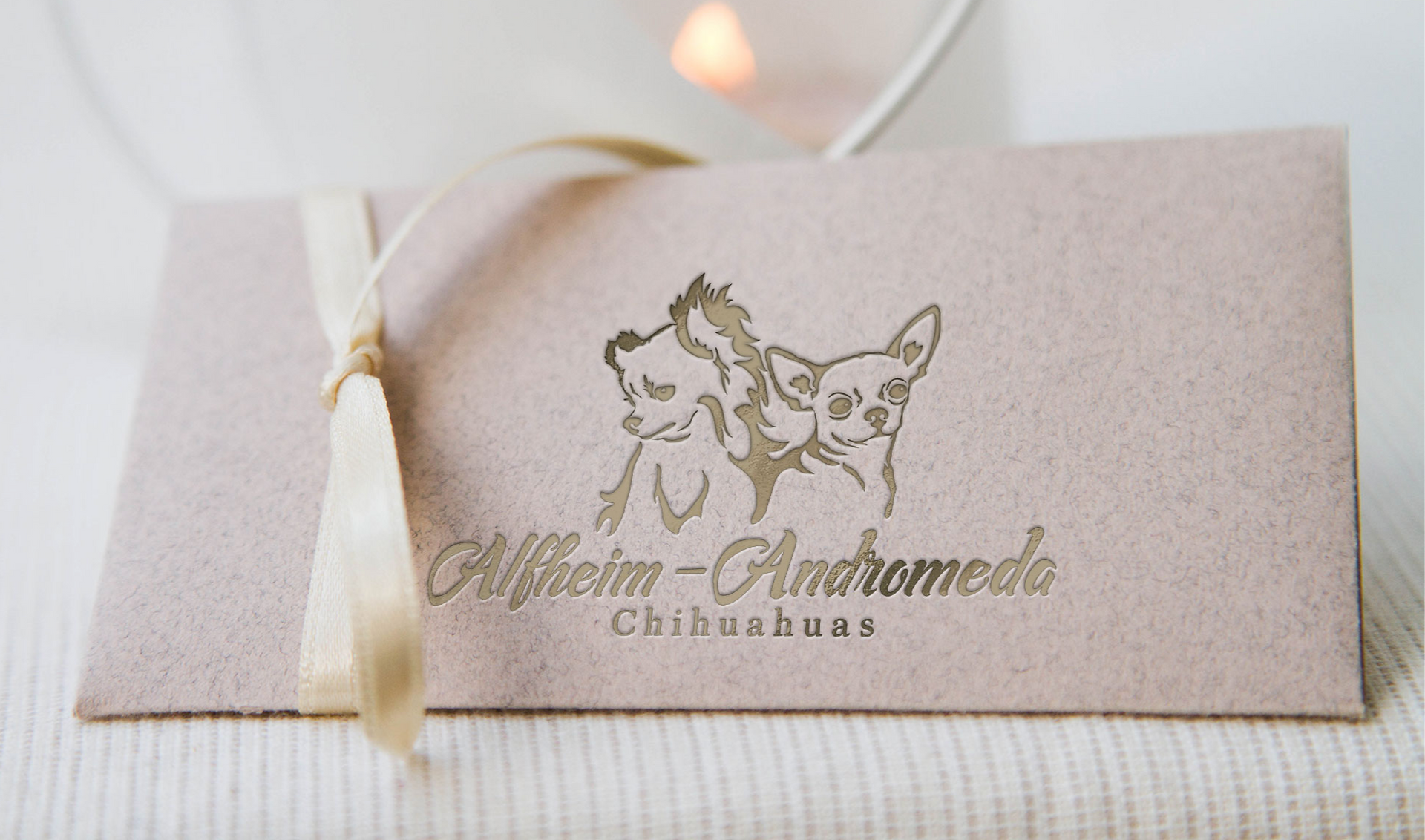Chihuahua Dogs Dying Out 1907
- Ansok
- Mar 4, 2024
- 4 min read
Cortland_Register_1907_06_14_page_8 CHIHUAHUA DOGS DYING OUT.
Breed of Small, Hairless Canines Be coming Hopelessly Mixed. Washington.-Consul General A. L. M. Gottschalk, of the City of Mexico, in responding to numerous inquiries from persons in the United States in regard to the purchasing of Chihuahua dogs, says: "The Chihuahua dog, which as late as 25 years ago was quite commonly to be found in Mexico, is a curious little creature popularly supposed to be a cross breed between the prairie dog and the jack rabbit. The animal resembles a small dog whose weight is sometimes not over one and one- half pounds, with a disproportionately large head, bulging eyes and long ears. The hair is usually scanty, showing the pink skin underneath. One of the marks is said to be an un- closed cranial fissure through which the brain can be felt throbbing under- neath the skin. These little animals are particularly destructive, and are constantly scratching at things with their long claws. They are quite sus- ceptible to training if taken young and in numerous instances the breed has been domesticated, although they seldom show the usual dog traits of sagacious and intelligent attach- ment. "Unfortunately within the last 25 years the breed has become so large- ly mixed with small dogs of various mongrel types that it is now a most difficult thing to find in Mexico an ex- ample of the true breed. Such are sold occasionally at prices ranging from 200 Mexican pesos ($99.60 Unit- ed States currency) upward. Even in Chihuahua these dogs are very rare. A few recent specimens sold in this city are said to have been of the true breed."

Title: Chihuahua Dogs Dying Out
Publication: Cortland Register
Date: June 14, 1907
Page: 8
Key Points:
Breed Status and Rarity: The article reports on the declining purity of the Chihuahua breed, noting that what was once a common sight in Mexico 25 years prior has become rare due to interbreeding with various mongrel types.
Physical Description and Characteristics: Chihuahuas are described as small, sometimes hairless dogs with distinctive physical traits, including a disproportionately large head, bulging eyes, long ears, and scanty hair revealing pink skin. A unique characteristic mentioned is an unclosed cranial fissure, allowing the brain's pulsation to be felt.
Behavioral Traits: Despite their destructive nature and propensity for scratching, Chihuahuas are noted for their trainability when young. However, the article suggests they do not typically exhibit the sensible and intelligent attachment often associated with dogs.
Market Rarity and Value: The difficulty in finding purebred Chihuahuas in Mexico, including in the city of Chihuahua, is highlighted, with prices for true breed specimens starting from 200 Mexican pesos (equivalent to $99.60 in United States currency at the time) and going upwards.
Consular Commentary: The information is provided by A. L. M. Gottschalk, Consul General of the City of Mexico, who addresses the numerous inquiries from the United States regarding purchasing Chihuahua dogs, indicating international interest in the breed.
Analysis:
Diving into the 1907 Cortland Register article about "Chihuahua Dogs Dying Out" feels like unraveling a mystery novel about our tiny canine friends. It paints a picture of Chihuahuas that's part legend, part reality. You've got these descriptions that make Chihuahuas sound like creatures from a mythical world – tiny, possibly hairless, with a backstory that includes a mix of prairie dog and jackrabbit. It sounds more like a creature from "Alice in Wonderland" than a dog you might meet at the park.
This tale gets even thicker with the suggestion that maybe Americans, or at least one enterprising soul named Hamilton Rayner, decided to spice up the Chihuahua's story to make the breed seem more exotic and appealing. It's like the Chihuahua was the first "designer dog," setting trends way before Instagram made that a thing.
But beyond the fairy tales and marketing strategies, this story touches on a real issue – the challenge of keeping a dog breed pure. It's a reminder that our quest for the unique can sometimes lead us to change the very essence of what we loved in the first place.
Conclusion:
Despite the mix-ups and the tall tales, Chihuahuas have carved out their spot in Mexican culture and the broader dog-loving world. They stand as tiny symbols of how complex and intertwined the history of dog breeds really is. The 1907 article leaves us scratching our heads, wondering how much of what we know about Chihuahuas (or any dog breed, for that matter) is built on solid facts and how much is just a beautifully crafted story.
This trip down history lane isn't just about satisfying our curiosity. It's a call to look more critically at dog breed narratives, question where they come from, and think about how we can protect the integrity and diversity of these breeds without getting lost in pursuing purity. With some modern science and a bit more digging, maybe we can solve the Chihuahua mystery once and for all, ensuring these pups get the identity and respect they've always deserved.


![04[5287]_edited.png](https://static.wixstatic.com/media/19bc06_e20664f6f34a40a38ce600e39e177c3c~mv2.png/v1/fill/w_980,h_578,al_c,q_90,usm_0.66_1.00_0.01,enc_avif,quality_auto/19bc06_e20664f6f34a40a38ce600e39e177c3c~mv2.png)























